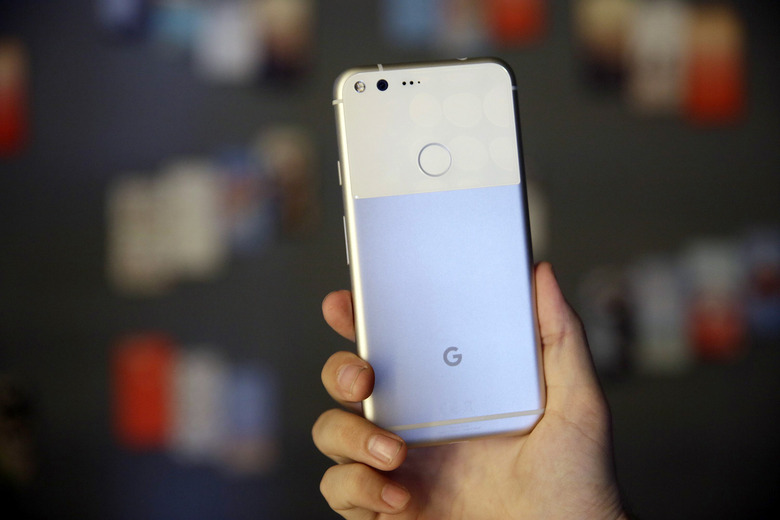Google's Pixel Didn't Just Copy The iPhone 6 Design, It Copied A Crazy iPhone 4 'Feature' As Well
It's pretty strange how defensive Android fans get when you make an observation that is beyond obvious to anyone with two eyes. Actually, it's pretty obvious to anyone with one eye, too. The Google Pixel copied Apple's iPhone 6 design. You should've seen the emails and tweets we got after running this post. Seriously, is it even really such a big deal? HTC cloned Apple's iPhone 6, and that phone ended up selling quite well for the struggling smartphone maker. What's funny is that Apple's iPhone 6 is styled in a way that looks very similar to HTC's old HTC One line, though Apple used a much different shape on its devices. Meanwhile, HTC's A-series phones are a spitting image of the iPhone, and the Pixel is pretty much an iPhone 6 with a piece of glass slapped on the back.
Now, in a funny and peculiar turn of event, it looks like Google dug much deeper into Apple's pocket than we thought. Not only did the company ape Apple's iPhone 6 design, it also borrowed an old iPhone "feature" that dates all the way back to 2010.
Once upon a time, there was a slick new iPhone. It was the first iPhone Apple released with an all glass and metal build, and Apple achieved the feat by utilizing a novel antenna design that placed the antennas on the outside of the phone. It was a brilliant move in theory. In practice, there was one teeny tiny problem: it made the iPhone 4 unusable as a phone for many people. Why? Because holding it with your hand covering a certain part of the antennas would cause signal to drop off.
Then-CEO Steve Jobs tried to play it cool at first — remember when he replied to someone complaining about the problem and told hit to "just avoid holding it that way"? — but Apple ended up having to hand out free bumper cases to all iPhone 4 owners so that they provided a barrier between the user's hand and the antennas. Apple then fixed its design on future iPhones so that they were no longer affected.
With all that in mind, enjoy this brief video of a "secret hidden feature" on the Google Pixel XL (via Reddit):
